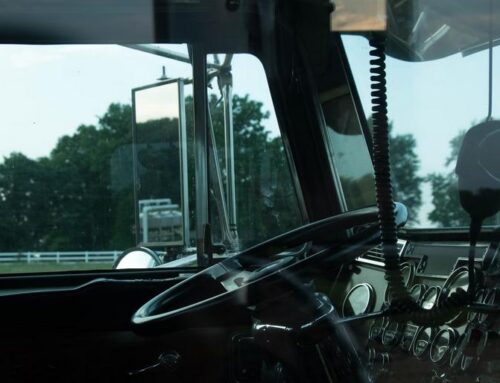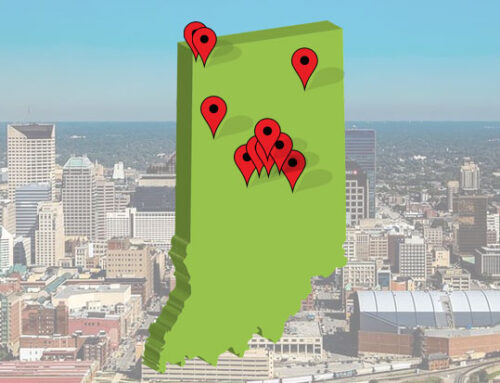We have all been there. Cruising along the highway, listening to your preferred audio entertainment, not realizing or not caring that you are driving well in excess of the speed limit. You don’t see the police car on the side of the road until just before you blow past. You frantically—but hopefully not too obviously—try to slow down. You watch your mirrors to see if the officer noticed. And then it happens. The headlights come on, the car pulls away, and within a moment you have flashing lights right behind you.
It can be an anxiety-filled moment for a number of reasons, and unfortunately for central Indiana residents, the number of ways in which you can be caught speeding just got a little bit higher. Officers from the Carmel Police Department have started to monitor the speeds of cyclists and roller-skaters on the Monon. They’ve employed electronic signs, patrolling officers, and even radar guns.
Patrolling officers report that they are not out to give anyone tickets but instead are out to raise awareness of the speed limits and ensure that people are being safe, particularly at intersections. That is sure to come as a relief to bicycle speed-demons, but for the rest of us, it raises an important question: what happens if you’re speeding on the Monon and get struck by a car at an intersection?
The Monon intersects with roadways at various points throughout Indianapolis and its suburbs, so there are a number of opportunities for accidents to occur. Generally speaking, if someone hits you with their car, you can sue for damages. The exception, of course, is when the driver of the car is not at fault—or, at least, is less at fault than the victim. A few states still employ an old legal principle called “contributory negligence.” Under this principle, an accident victim could not sue for damages if the victim contributed to the accident at all. Let’s say you’re walking down the Monon and you come upon an intersection. There is a sign that says pedestrians need to make sure they look both ways before crossing the street. You, absorbed in the scenery, don’t look both ways and get hit by a car that runs a stop sign. Under a contributory negligence rule, a jury may decide that your failure to look both ways contributed to the accident and, as a result, would not award you any damages at all.
This harsh rule has been abandoned by most states—including Indiana—in favor of a principle called “comparative fault.” This is a slightly more complicated process, but it makes life much easier for accident victims. It involves determining how at fault each party was and then awarding damages proportionally. Let’s return to the Monon example earlier and say the jury finds you bear 20% of the blame for the accident and the defendant bears 80%. The jury would then consider your total damages—your medical bills, pain and suffering, et. cetera—and award you 80% of that number. However, if the jury finds that you were more than 50% responsible, you will receive nothing. In Indiana—and other comparative fault states—you cannot be awarded damages if you are found to be primarily at fault.
So, what happens if you are struck by a car while you were speeding on the Monon? Certainly, your decision to speed will affect the amount of blame you bear for the accident, and will, therefore, affect how much you are able to recover. How much it affects your recovery depends largely on the facts of your case, and it depends largely on the skill of your lawyer. If you are hit by a car while speeding on the Monon—or on any trail or road—it is even more important to reach out to an experienced bicycle accident attorney quickly. That attorney will be able to help you understand your options and be able to give you a better sense of how you may fare in a lawsuit against the person who hit you.





